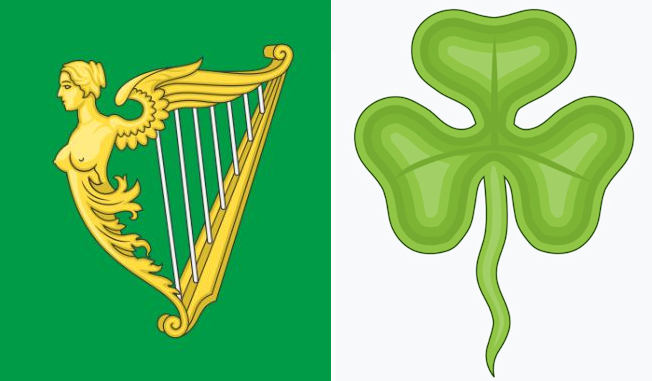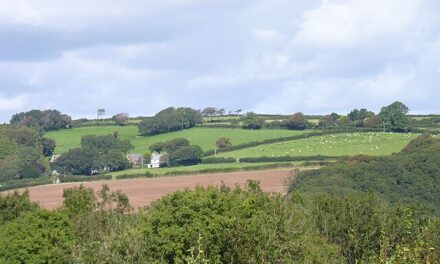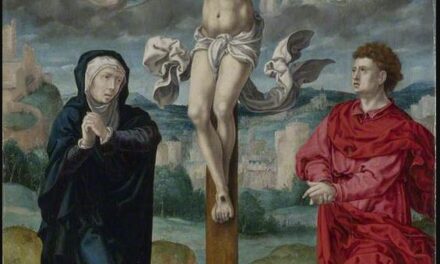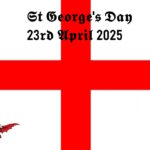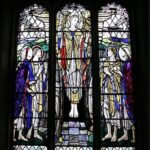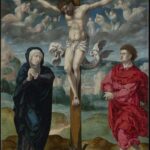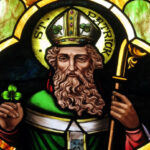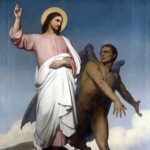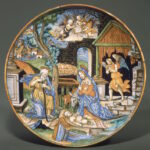St Patrick’s day is a celebration of Irish culture and traditions with parades, Shamrocks, Guinness, all things green, and goodwill at the very heart of it, but how much do we really know about the beloved saint?
St Patrick’s Early Life
St Patrick was born in the 5th century to Roman Britain in Bannavem Taburniae as Maewyn Succat suggesting a strong Welsh heritage. His father was a deacon and his grandfather a priest. At the age of sixteen he was kidnapped and taken into captivity in Ireland along with thousands of others. He was forced to become a sheep herder, deprived of food and bound to hard labour.
It was during this period that he cried out to the Lord in repentance. St Patrick saw his servitude as a punishment for his ignorance of God. Interestingly, his conditions actually mirror that of the biblical figure King David, the boy shepherd.
Patrick writes in his autobiographical piece ‘Confessio’ that he would spend much time praying and fasting in the mountains (an imitation of the life of Moses) until one night he heard a voice in his sleep say ‘You have fasted very well, soon you will return to your native country’.
After 6 long years he was rescued by a ship full of Pagan travellers that did not accept his Christian faith, but whom were astonished that after prayers that were unfamiliar to them, food was abundantly sourced in otherwise baron lands.
The Lords Calling
After escaping captivity and arriving in his homeland, his parents pleaded with him to never leave them again. Patrick grew in Holiness and deaconship over a period of 20 years and began to see visions and dreams that would convince him to return to the very land that had once enslaved him. His calling was to spread the Gospel of Jesus Christ and save the natives from Pagan practices and idol worship.
Snakes and Shamrocks
Many tales are attributed to St Patrick’s life. Most commonly is that he cast out all the snakes of Ireland. Since we know through fossil records that snakes have never been native to Ireland, we understand this to be an allegory of how his missionary work eradicated Pagan and Druid worship. He would often carve the sign of the cross into stone idols.
The Irish Shamrock was used as a way to explain the oneness of the Holy Trinity in his teachings.
Sometime around 431 AD, St Patrick was appointed as Bishop of Ireland by Pope Celestine and from there Ireland would flourish in its Christian faith.
Spiritual Reflection
March 17th is the recorded date of St Patrick’s death in the Church calendar, and it’s important to note that it is observed during Lent. St Patrick’s life is an archetype for turmoil, perseverance and expanding the Gospel of Jesus Christ. Ireland’s rich history of Christianity is owed to the unwavering faith of its beloved Patron Saint.
So the next time you see a Shamrock, let there be veneration of the Holy Trinity!
I’ll leave you with the opening part of a prayer from St Patrick himself called ‘St Patrick’s Breastplate.’
‘I arise today
Through a mighty strength, the invocation of the Trinity
Through the belief in the Threeness,
Through confession of the Oneness of the Creator of creation.
I arise today
Through the strength of Christ’s birth with his baptism
Through the strength of his crucifixion with his burial
Through the strength of his resurrection with his acension’
NHPUK pray for your Holy intentions, May the strength of Jesus Christ be with you.
